Generational views on virtual reality to reflect on generational differences in the workplace
Do generational biases influence the acceptance of virtual reality technology? And does the generational differences in the workplace affect attitudes towards technological change?
Virtual reality technology
Throughout my career, I've observed the dynamics of five generations working side by side, each bringing a unique approach to technology. This has led me to believe that understanding these generational work differences is crucial when managing change. But recently, I’ve started to question this notion. What if age isn't the primary factor in resistance to change?
This thought was sparked over brunch with a friend. We chuckled at Silicon Valley trendsetters sporting Apple's latest gizmo, the Apple Vision Pro Headset - a piece of kit that seemed alien to me like people walking around wearing ski goggles.What is apple vision pro?
The Apple Vision Pro is a spatial computer that merges digital content with our physical environment. With it, you can navigate digital spaces with eye movement, gestures, and voice commands. Features include customisable app views, FaceTime, and the ability to overlay three-dimensional scenes like mountain landscapes into your surroundings. Despite its innovative nature and a price tag of $3,500-$3,900, I initially met the concept with scepticism.
Two years ago, I was just as dismissive of the Meta Quest VR headset. In contrast, my teenage sons welcomed it with open arms, sparking debates about technology's impact on spontaneity versus the safety it offers in virtual experiences.
A Gen X friend of mine was thrilled at the prospect of the Apple Vision Pro, likening it to becoming a real-life Iron Man. Yet, I found my enthusiasm wane when I saw the product's promotional video: a man, absorbed in augmented reality, is oblivious to his young daughter's attempts to share a drawing with him. This encapsulated my fears of technology fostering disconnection, despite our already phone-saturated world.
Line with generations
Eager to explore this further, I engaged in discussions with a diverse group of people, from my tech-savvy Gen X friend to “zillennials” - those millennials like Anna, who have known a world both with and without pervasive tech, and my own Gen Z sons.
Gen X participants saw the headset as a fascinating tech piece and a potential learning aid. However, they were uncertain about its use for communication and viewed it as a novel entertainment and accessibility tool.
Millennials, including myself, felt disconnected from the concept, valuing human interaction over technological immersion. For us, the idea of virtual entertainment can't replace the joy of shared experiences.
Zellenials expressed a complete tech burnout, desiring fewer screens rather than more. They too felt the device hindered genuine connection.
Gen Z respondents found the product intriguing but not yet sufficiently game-focused or affordable. While open to VR, AR seemed less compelling for their lifestyle.
My conclusion, then, is not as straightforward as I anticipated. While generational traits do play a role, personal characteristics seem just as influential. Tech savviness, lifestyle, and even one's upbringing or social mobility shape opinions just as strongly as the era one is born in.
In relation to business change
In a business context, these insights challenge the notion that generational differences alone should dictate communication strategies in change management. A conversation with my sons, Anna, and others highlighted the importance of individual circumstances - confidence with technology, personal history, and interests.
If an organisational change impacts a hundred employees, the variations in how each one adapts could be vast. A one-size-fits-all approach to communication and training might only resonate with a fraction of the workforce.
My 'Build' model emphasises early engagement with the people affected by change. It's essential to understand their communication preferences and learning styles. Identifying key influencers within groups can also aid in tailoring engagement strategies more effectively.
The sooner these considerations are integrated into a project, the better. Even if you feel it's late in the day, my BEE Methodology© can be incorporated into both agile and traditional project frameworks to help identify and address the needs of your project, regardless of its stage.
Change leadership is within anyone's grasp, and any project can stand out with the resources already at hand.




